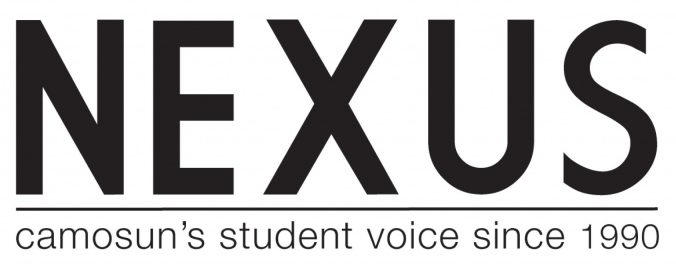The Camosun College Student Society (CCSS) claims that Camosun College is practising unfair methods of raising student tuition fees.
On September 1, 2005, the BC government implemented a tuition-limit policy, which limits postsecondary institutions to raising school fees for current programs by a maximum of two percent annually.
But, according to Michel Turcotte, CCSS executive director, the college has attempted to locate technicalities to find loopholes within government policy to increase tuition fees beyond the two percent cap.

“I don’t think the college is complying with the spirit of the tuition fee policy,” says Turcotte. “Their interpretation is that new programming can cancel out pre-existing courses by tweaking them a bit and getting rid of old courses.”
John Boraas, vice president of academics at Camosun College, denies that the college is doing this.
“No, it really is new curriculum. I would say the Student Society and I, we’ve had some good conversations about this, I understand the concern, but we’re trying to carve a path that’s absolutely within legislation and that leaves it so we’re not having to cancel programs as well. It’s that balance that we’re trying to carve out.”
The provincial government’s approach to tuition fees has been to distribute the costs of education between students, institutions, government, and the private sector. Specifically, the government decided to limit tuition and mandatory fee increases to the rate of inflation, which accounts for approximately $2 million worth of tuition increases and a two percent yearly cut to the college’s annual budget.
According to Boraas, provincial government regulation strictly prohibits the college from raising the price of a course past two percent and that inflation doesn’t play much of a part in the issue.
“It’s not even tied to inflation; it’s an arbitrary number that we’re given each year,” says Boraas. “However, there are cases when the government does allow us to increase tuition for existing programs. For example, with practical nursing, that was a provincially revised program and tuition at that point was changed.”
The CCSS’ Turcotte also believes Camosun is well aware that it can raise revenue by cutting courses and creating new ones.
“There isn’t much incentive for the school to revise courses; there’s a much greater financial incentive to cancel courses and bring in new ones,” says Turcotte. “Camosun’s recent decisions are based on their interpretation of the tuition-fee policy, and once they bring in a new course, they can charge whatever they want for it.”
Despite being disappointed with the college’s decisions around these tuition increases, Turcotte doesn’t believe that Camosun deserves all of the blame for this money debacle.
“I really feel that if the provincial government had kept up funding and grants for the college, we wouldn’t be going through this,” he says. “In a way, Camosun is being forced to do this.”
Still, Camosun says they are not doing anything underhanded.
“The legislation allows us to increase tuition by two percent annually, so we do that,” says Boraas. “And we also, where curriculum is new, apply tuition that is always lower but competitive with what other institutions are charging. That’s when curriculum is new.”
